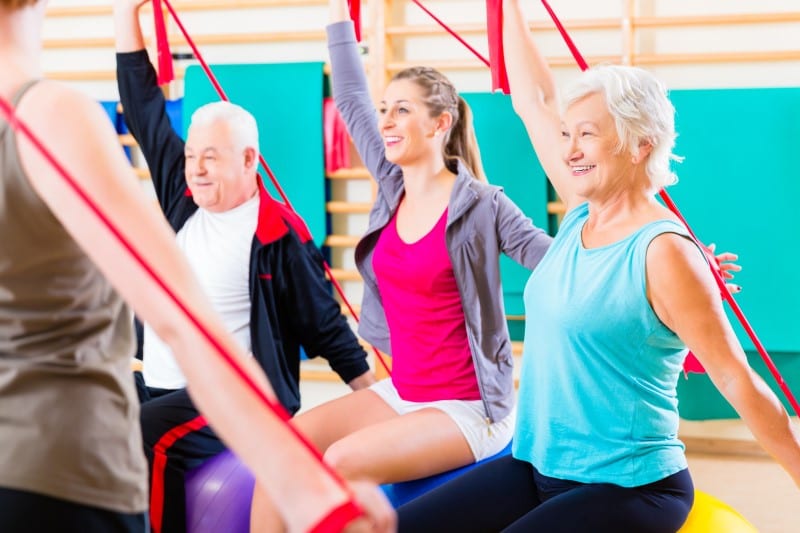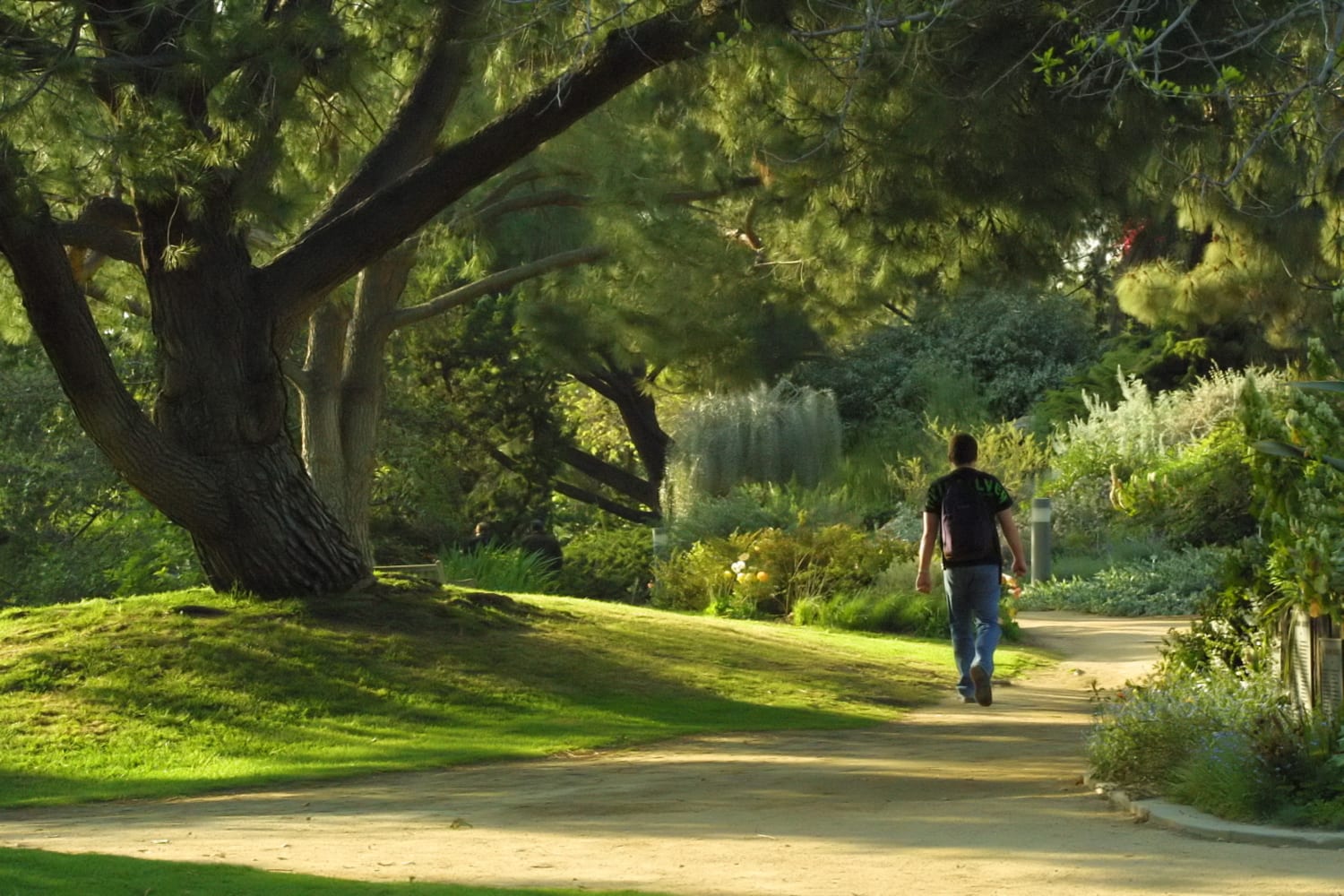By the title of this blog, you might be thinking this article has something to do with the overly colourful and sugary array of treats designed to tempt you into filling up a carton (or two) on your trip to the cinema.
But it hasn’t. This blog is in fact talking about a taking a ‘pick ‘n’ mix’ approach to exercise. Stick with us…
Exercise is for everybody
No matter your age, there is a form of exercise for everybody. Whether it’s cycling, boxing, swimming, the once-popular step aerobics or perhaps the more sort after HIIT training. The list goes on.
But with exercise options being limited last year, after the temporary closure of gyms and postponement of in-person exercise classes due to the Covid-19 pandemic, more and more people have turned to running.
“Which is great,” Osteopath Robin Kiashek, says. “It’s certainly much better than sitting on the sofa.”
“I see patients who run 10K, four times a week and have been doing so for years. But I understand that it’s not just about the cardio benefits that it brings. People use exercise time to destress mentally too. Perhaps to mentally switch from work brain to home brain, or vice versa.”
According to the latest stats, an estimated 7 million people across the UK turned to running or jogging in 2020 during the height of the Covid-19 pandemic to boost their mental health. With one in seven people in the UK saying running had helped them deal with stress.
But with our love affair with running seeing no signs of slowing down, there is of course the risk of injury.
“Such a high impact exercise will affect your joints,” Robin says. If not now, it will happen at some point later.
“I’m not picking on running. We all know how many positives come from it. And you only have to look at the stats to confirm this. But in the case of our 10k runner, that’s a lot of weight through those knees. And that’s assuming you’re not carrying any extra weight to start with.”
So what exactly is the answer?
With restrictions being lifted on July 19th and more and more exercise options opening up, the key is to make sure that your weekly exercise regime is varied.
“Just like pick ‘n’ mix,” Robin adds. “So why not strike a balance with high impact exercises and introduce some low impact cardio workouts into your exercise regime?”.
Examples of low impact cardio workouts
Low impact cardio is brilliant for keeping you moving, while being gentler on your joints. But don’t have any doubt – this form of exercise can still get your heart rate up. It allows you to reap the benefits of cardio, without placing stress on your joints.
Some low impact cardio exercises to try include:
- Cycling – whether it’s static cycling or road cycling, this is a superb form of cardio but less high impact than running or HIIT. It virtually has not impact on your joints. Just remember: the faster you cycle or the more hills you climb, the higher your heart rate will get.
- Swimming – this form of low impact cardio can help strengthen muscles in your whole entire body. Although, here’s a word of warning about breaststroke. This form of swimming style can place stress on both your hips and knee by the propulsive kicks of the legs that power you forward. So take it slow – or practice front crawl instead.
- Strength training – this form of low impact exercise is just as important, especially as we age. Why? Muscle-strengthening activities help maintain the ability to perform everyday tasks. Strength training, like lifting weights, also slows down the natural rate of bone and muscle loss associated with ageing.
- Yoga – depending on the pace and the style of yoga you choose, you can increase your heart rate. Along with its cardiovascular benefits, yoga also helps you to build flexibility and strength. Two things we all need. Plus, did we mention its de-stressing ability?
Robin Kiaskek is an Osteopath with 25 years’ experience in the field. Robin is a big believer in taking a holistic approach when it comes to your health. If you are struggling with any condition affecting your body and struggling to find a solution, don’t hesitate to get in touch.

 Runner’s knee, jumper’s knee, housemaid’s knee (yes, it does exist!) and so on – the list of painful complaints that can affect this complicated joint is as long as your arm. Problem knees are surprisingly common in people of all ages, placing severe restrictions on both movement and lifestyle as a whole.
Runner’s knee, jumper’s knee, housemaid’s knee (yes, it does exist!) and so on – the list of painful complaints that can affect this complicated joint is as long as your arm. Problem knees are surprisingly common in people of all ages, placing severe restrictions on both movement and lifestyle as a whole. I am a keen advocate of the benefits of exercise as part of the journey to health restoration. I therefore wholeheartedly back the government scheme that means NHS patients will be prescribed exercise as part of ongoing treatment for certain conditions.
I am a keen advocate of the benefits of exercise as part of the journey to health restoration. I therefore wholeheartedly back the government scheme that means NHS patients will be prescribed exercise as part of ongoing treatment for certain conditions. According to a recent study into the physical effects of the brain when interacting with nature, a walk in the park can improve your mental health. The study, which has been conducted as part of the Emmett Interdisciplinary Program in Environment and Resources at Stanford University, has observed physical changes taking place in the brains of people visiting nature, especially in those people who normally live in an urban or built-up environment.
According to a recent study into the physical effects of the brain when interacting with nature, a walk in the park can improve your mental health. The study, which has been conducted as part of the Emmett Interdisciplinary Program in Environment and Resources at Stanford University, has observed physical changes taking place in the brains of people visiting nature, especially in those people who normally live in an urban or built-up environment.